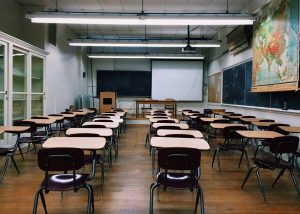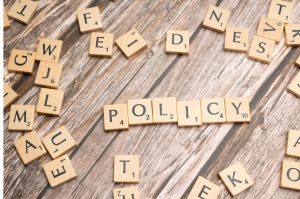Although, the word of education is a very important in the making individual and societies future. Sport is a powerful weapon that promotes unity, and breaks the cycle of poverty, contributing to the well-being of countries. One of the ways educational inequalities continue to prove a big obstacle to bridging the gap in achievement among our students; and we see that in the case of Senegal, echoing findings from many other countries, high drop-out rates in rural areas undermine investments in the entire system. This article explores the kind of strategies and methods that could effectively tackle these disparities and in the process bridge the gap in the academic achievements of scholars in South African schools.
TAKE A TRIP INTO THE ACHIEVEMENT GAP
The idea of the achievement gap and how it can translate to South African schools.
Socioeconomic status, languages, and resources are just a few of many factors that contribute to education disparities.
Impacts of the Education GapOn students:Student academic outcomes, life trajectory on students_residual_gradeWhen present in the form of the achievement gap, it leads to the students not to have same academic outcomes, educational attainment and future life opportunities.
Developmental Stages in Early Childhood Education:
Why it is crucial for us to invest in early childhood education to decrease the achievement gap.
High-quality preschool programs that address basic skills and the whole child.
Ensuring access to early child education for immigrant and disadvantaged communities.
Fair distribution of resources **/
Guaranteeing that all students have the same access to quality teachers, facilities, and learning tools
Redressing funding inequities and enacting a policy to ensure resources go towards the neediest schools.
Inspiring public-private partnerships that fill resource gaps and enrich learning opportunities.
Culturally Relevant Pedagogy:
Creating professional development for educators on culturally responsive teaching practices.
Appreciating the many ways that culture and identity impact students.
Integrating culturally responsive pedagogy, which supports the fostering of inclusive learning experiences and connects classroom learning to student experiences.
PERSONALIZED LEARNING WITH DIFFERENTIATED INSTRUCTION
Implementing student-centered instruction that respects individual differences in abilities, interests, and learning demographies.
Personalized learning plans and differentiated instruction incorporating readiness and ability levels
Offering teachers continual professional development to improve their teaching practices.
Parent and Community Engagement:
Building Learning Partnerships with Schools, Parents, and Community
Getting your parents involved at the school level, through parent-teacher associations, workshops and home-school collaborations.
Connecting with community groups, resources and stakeholders to enhance supports for students.
South Africa needs a multi-pronged holistic solution to closing the achievement gap that exists in its schools. It argues for developing supports to create a more inclusive educational system focussed on creating supports for early years education and targeted ways of ensuring resource allocation to support diversity, learning about the importance of cultural and engaging pedagogy, personalisation and strong parent and community relationships and collaboration. We all must do our part to combat educational injustice and ensure that every child receives the same chance to succeed as the next. These new ways pave the pathway for a bright new future and equal opportunities for all the South African students.




